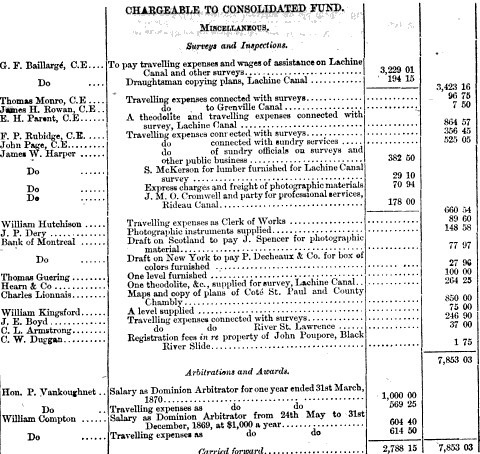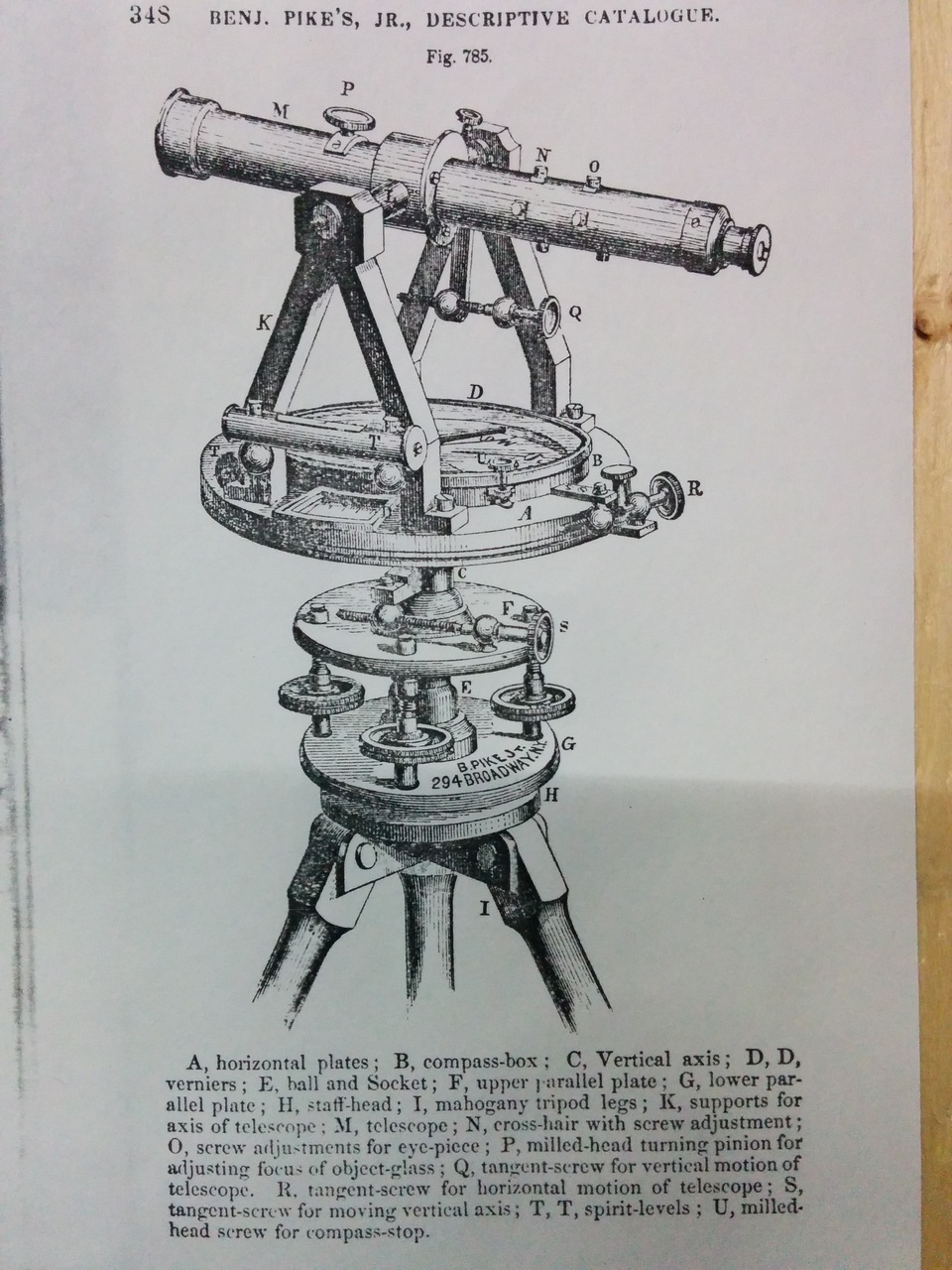The Instrument Industry
Development of the Industry
Instrument-making started to grow as an industry in Canada in the 1850s. Suveyors had traditionally used foreign-made instruments, but by the 1850s there was an influx of trained British makers who came to set up businesses in Canada. Foreign instrument companies had also set up branches in Canada. Some businesses made their own instruments, other businesses assembled instruments from foreign-bought parts, while other businesses simply distributed foreign instruments. By the 1910s, Canadian companies had firmly established a genuine presence in the market. Demand for instruments was greatest from federal and provincial governments focused on mapping their lands to establish sovereignty, place settlements, build infrastructure, and develop resources.
Work of a Maker
Instrument makers' involvement in the creation process varied greatly. Some received manufactured instruments and just inscribed their names and trademarks. Other makers assembled the instruments themselves, but from parts that were separately produced by companies. These contrast with those who made more of their own items. Regardless of how hands-on they were, makers had to be experts because they needed that specialized knowledge to repair instruments and make replacement parts.

